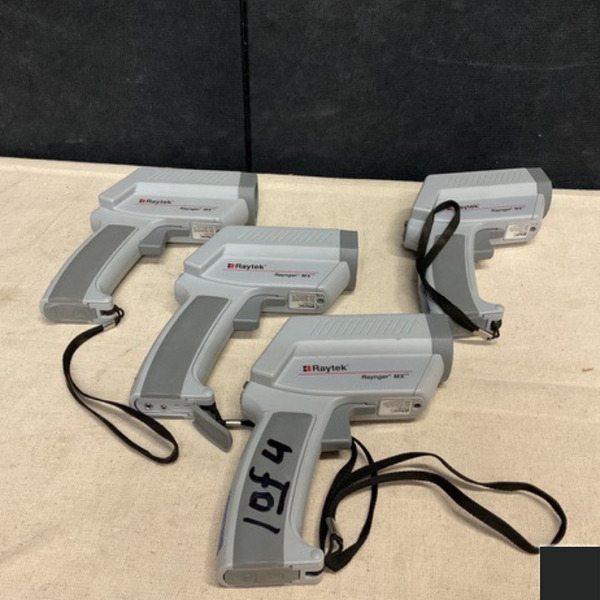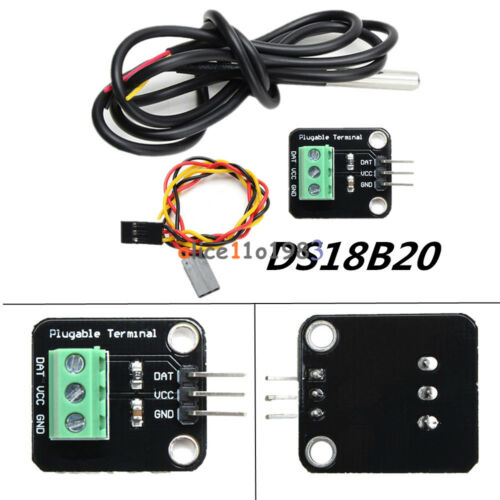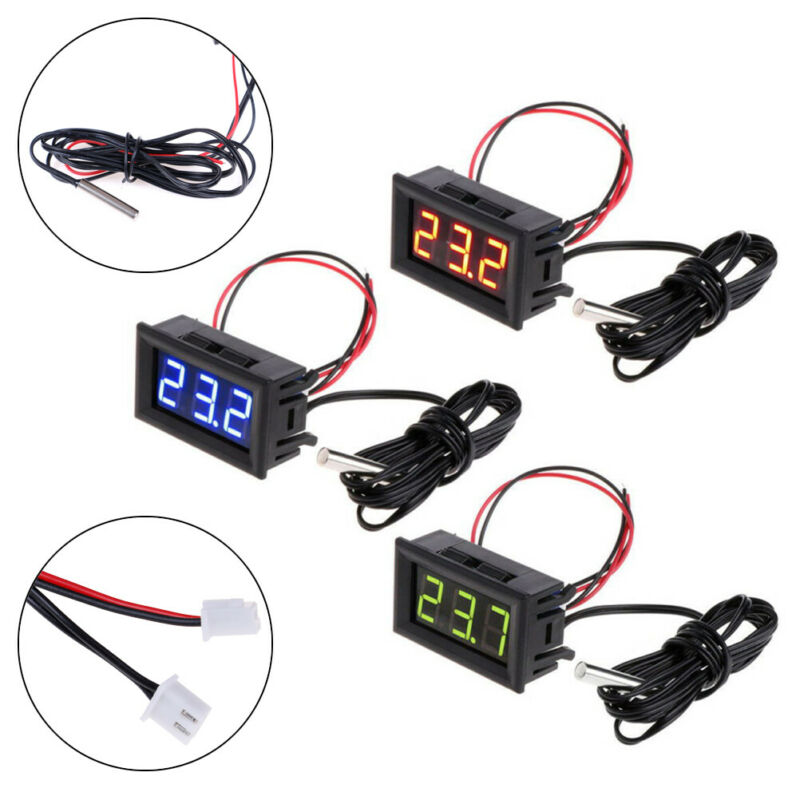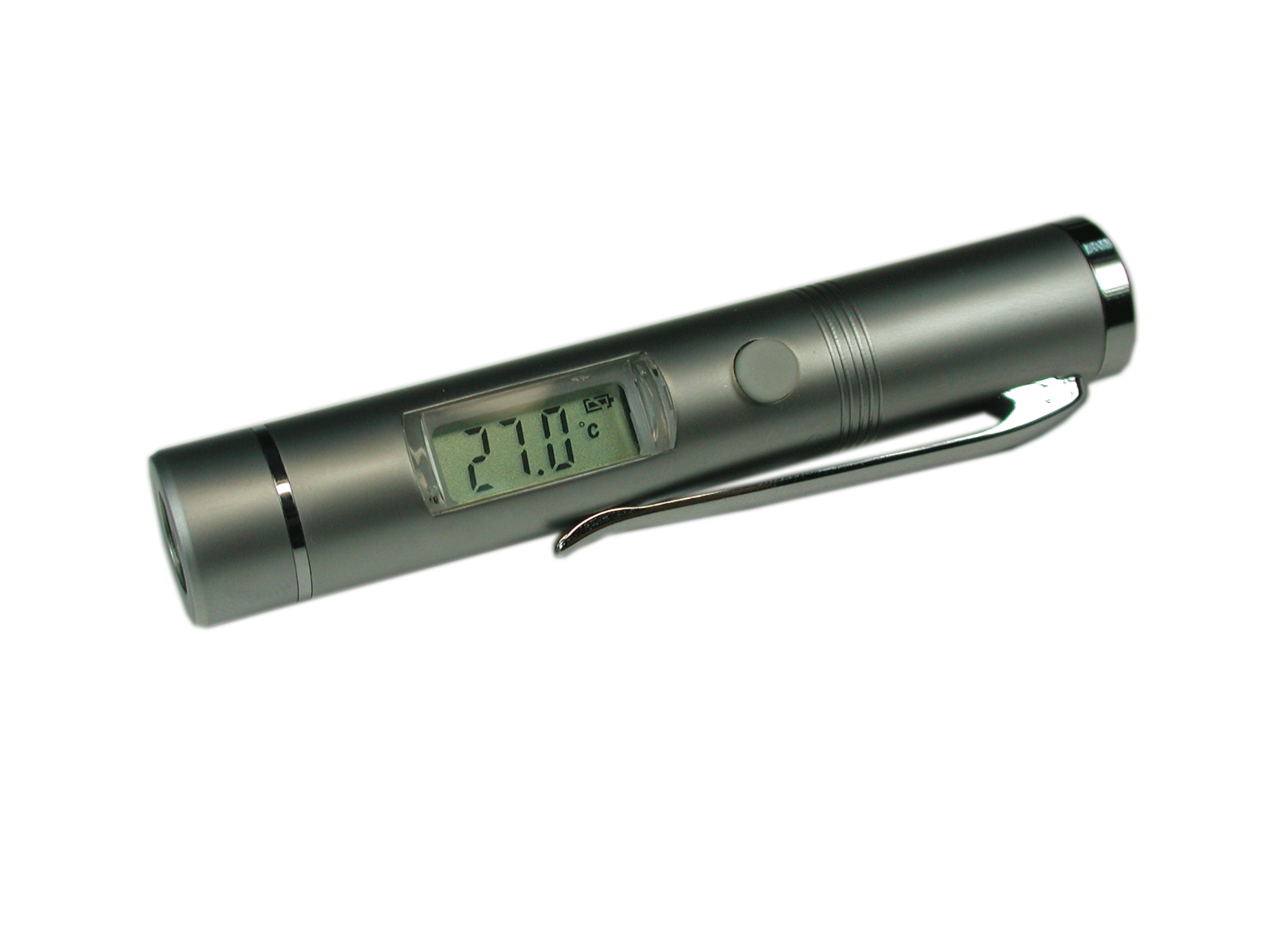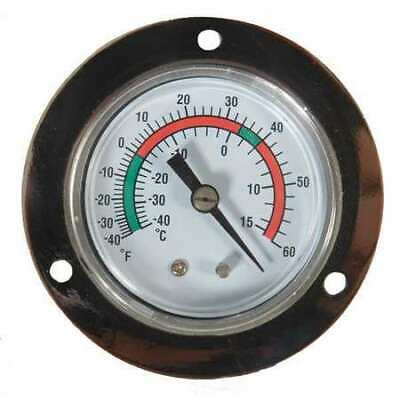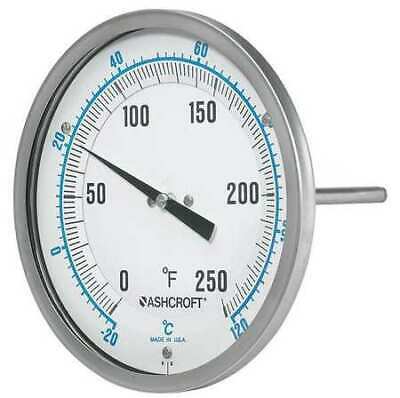-40%
Raytek Raynger MX High Performance Infrared Thermometer - Set of 4
$ 316.79
- Description
- Size Guide
Description
Includes 4 UnitsNo Other Accessories Included
Features:
Wide Temperature Range (up to 1600°F/900°C)
60:1 Optical Performance
Coaxial Laser Sighting
100 Location data logging for Downloading to a PC
Emissivity Table
Factory Mutual-approved external contact probe
Bluetooth
When safety is a concern and data logging and downloadingare required, the nonincendive Raytek Raynger MX 4 NI infrared thermometer isthe product to choose. This Raytek infrared thermometer has the approval neededfor use in hazardous environments. The Raytek Raynger M X4 NI infraredthermometer is Factory Mutual-approved as a Class 1, Division 2 nonincendivedevice because it doesn't release enough electrical or thermal energy to igniteflammable gases or vapors under normal operational and environmentalconditions.
The handheld Raytek Raynger MX 4 NI infrared thermometer hasa wide temperature range (up to 1600°F/900°C), 60:1 optical performance,coaxial laser sighting, 100 location data logging for downloading to a PC,emissivity table, and a Factory Mutual-approved external contact probe.
Factory Mutual Research is an approving organization in theUnited States and, while businesses in many countries accept its approvals, FMapproval may not be sufficient in some locales. Acceptance of FM approval willbe dependent on the particular company, its location, and local regulation. Theclose focus (CF) and subzero (SZ) versions are not included in this approval.
A Nonincendive rating (NI) indicates that an electronicdevice has been tested to standards for preventing explosions in hazardousareas by limiting the ability of equipment to ignite a specified flammable gasor vapor-in-air mixture. Nonincendive equipment is incapable of releasingsufficient electrical or thermal energy to ignite flammable gases or vaporsunder NORMAL operation and environmental conditions. Nonincendive devices areapproved for use in Class I, Division 2 locations.
Intrinsically Safe vs. Nonincendive
Intrinsically Safe Approved units are approved for use whereflammable gases or vapors do exist or may exist. Nonincendive approved unitsare approved for use where flammable gases or vapors may exist.
Definitions of Hazardous Location Terms
Class I - Flammable Gases or Vapors
Class I locations are those in which flammable gases orvapors are or may be present in the air in quantities sufficient to produceexplosive or ignitable mixtures.
Class I, Division 1 - Only Intrinsically Safe Units UsedHere
A Class I, Division 1 location is one in which ignitableconcentrations of flammable gases or vapors may be present because:
They exist under normal operating conditions
They exist frequently because of repair, maintenance operations, or leakage
Breakdown or faulty operation of equipment or process which causes simultaneous electrical equipment failure
Class I, Division 2 - Either Intrinsically Safe orNonincendive Units Used Here
A Class I, Division 2 location is one in which ignitableconcentrations of flammable liquids or gases may be present as a result of:
Accidental rupture or breakdown of the normally closed containers, systems, or equipment
A failure or abnormal operation of the venting equipment
Being located adjacent to a Class I Division 1 location from which ignitible concentrations of gases or vapors might occasionally be communicated
Group Locations
Group A - Atmospheres containing acetylene
Group B - Atmospheres containing hydrogen, fuel and combustible process gases containing more than 30 percent hydrogen by volume, or gases or vapors of equivalent hazard such as butadiene, ethylene oxide, propylene oxide, and acrolein
Group C - Atmospheres such as cyclopropane, ethyl ether, ethylene, or gases or vapors of equivalent hazard
Group D - Atmosphere such as acetone, ammonia, benzene, butane, ethanol, gasoline, hexane, methanol, methane, natural gas, naphtha, propane or gases or vapors of equivalent hazard
Infrared Temperature Measurement - Technology Explained:
Infrared thermometers measure temperature from a distance bydetecting the amount of thermal electromagnetic radiation emitted from the objectbeing measured. This allows users to accurately measure surface temperatures inhazardous or hard-to-reach places, or other situations in which non-contacttemperature measurement is desirable. Infrared thermometer technology is usefulin a wide range of applications – including industrial, laboratory, foodservice, fire fighting, hobby, and home use.
While the technology is relatively simple, the myriad ofnames given to these devices can be confusing. "Laser Thermometers"makes reference to the laser that helps aim the thermometer. "IRSensors" and "IR Thermometers" make use of a common abbreviationfor "infrared". "Non-Contact Thermometers" is descriptiveof the device's ability to measure temperature from a distance. "RadiationPyrometers" is a scientific/technical term for these devices.”
